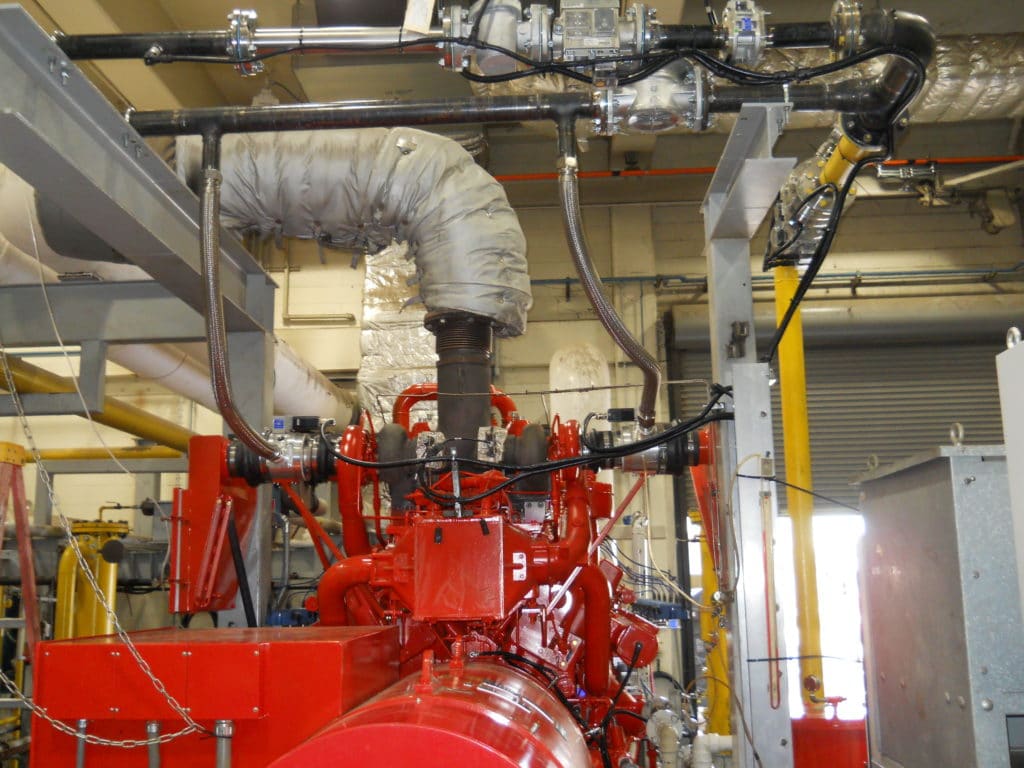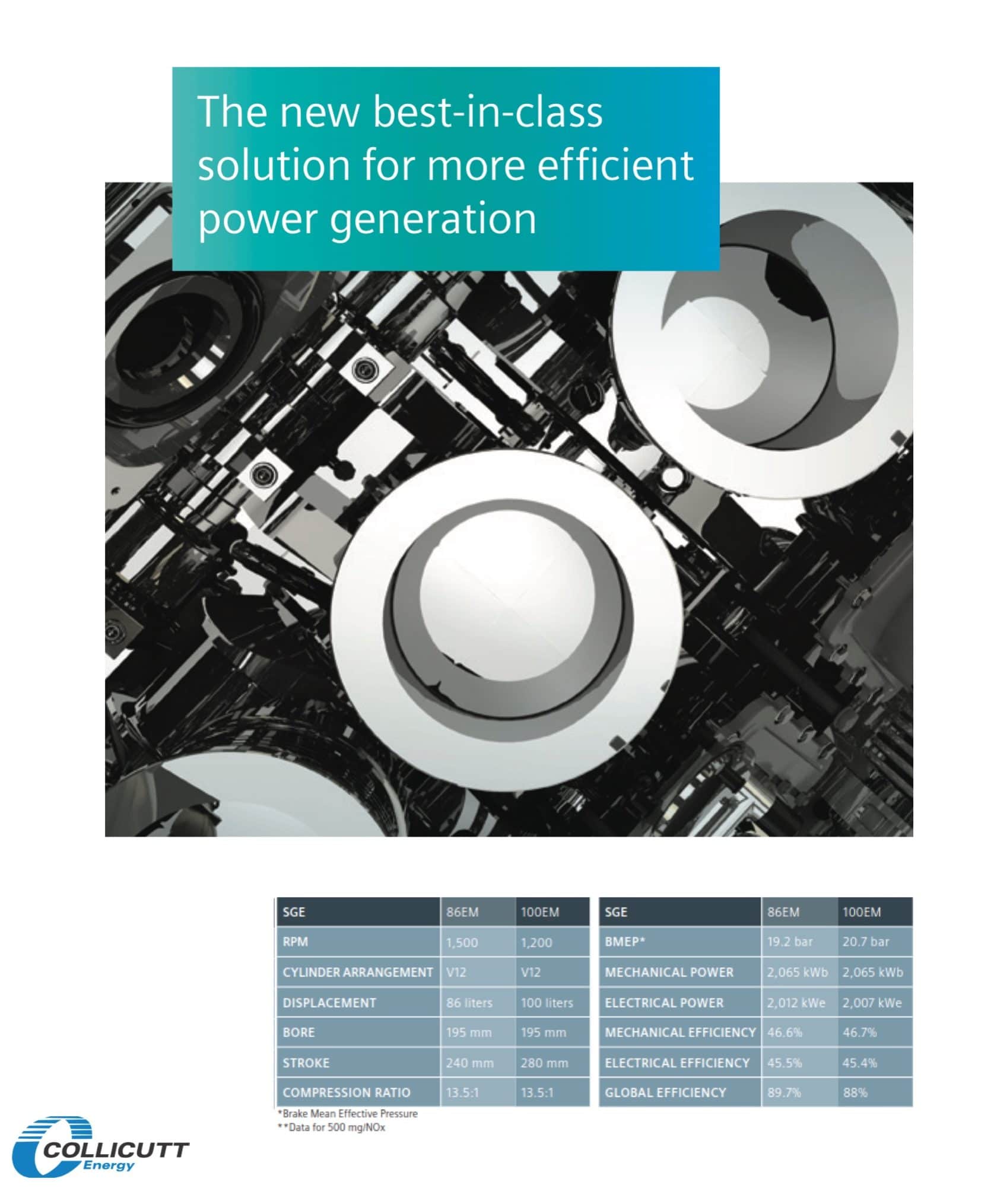Power Markets
This is the fourth episode in this series called ‘Understanding Power’.
This episode’s topic is all about understanding the cost of your utility bills.
after evaluating your utility bill, it quickly becomes clear that there are two major factors or two primary categories of costs:
- Energy Charge.
- The cost of the Transmission and Distribution (T&D)
Energy Charge:
The energy charge is effectively the cost cost of energy that is consumed at our facility, house or industrial application
What affects the Energy Charge?
Some of the major factors that play into that into the energy charge are as follows:
- the types of generation mechanisms within your jurisdiction: Some are cheaper, some are more expensive.
- The supply and demand curve: do we have a lot of supply and not a whole lot of demand, that will bring price down, if it’s the opposite, you’re going to see prices rise to incentivize power generation increase.
- Weather, climate, geography: those play a huge role.
- Regulatory policy
Transmission Charge
Second aspect is the cost of transmission and what are we paying for that. Simply put, we’re paying for the cost of getting those electrons from the centralized generation facilities right through to our final end use customer location, whether that’s your house, office or large industrial facility.
The rates and cost of power transmission does vary depending on the facility and rate that your specific utility charges (or is regulated and allowed to charge)
How does Power Transmission Work?
Most jurisdictions have large centralized generation plants, typically on the transmission side, and large volumes of loads on the distribution side of the system.
Transmission System
As mentioned, in most jurisdictions the majority of power generation is supplied by large centralized systems that uses the transmission system to transfer the load to a large volume of customers spread out geographically.
As such, the transmission system operates at high voltage so that large volumes of power can be transmitted with minimal line loss (Power loss) from the generation systems to the eventual load.
Typically there is minimal load (or customers) on the transmission side but there are rare occasions where facilities tie into the transmission system.
Distribution System
The distribution system operates at reduced voltage allowing safe and reliable transportation of power within urban and city environments. Distribution can range from as high as 26 kV and down to 120V.
The majority of the grid’s load is typically on the distribution system.
Regulated vs De-regulated Power Markets
Some jurisdictions operate their power infrastructure under a regulated style, while some are de-regulated.
So what is a regulated environment?
In a regulated power market, a single entity or organization owns and operates everything. From the generation capacity, to the meter on your house or facility, that single entity oversees everything. So typically, the utility is the monopoly, you really don’t have any choice and the utility sets the rates. You really have no option.
So what is a de-regulated environment?
A de-regulated market is a competitive marketplace, where multiple entities can buy and sell power. So on the on the generation side, you have multiple power generators that are competing to provide power at the cheapest rate, and then on the customer side, you have retailers who are competing for customers by offering the best rates. So what this allows is a customer to have a choice in whom they are going to get power from and that choice can be based on, on cost, sustainability to other specific criteria to that customer; that’s one of the benefits of a deregulated power market.
Centralized vs Decentralized vs Behind-the-fence generation
So one of the last things I want to speak to is the concept of centralized power generation vs distributed power generation vs behind the fence (BTF) generation.
Centralized Power Generation
As mentioned above, most power generation is usually done at large centralized facilities. The economies of scale typically allow this power generation to be cost-effective. Additionally with the ability to be on the transmission side, large volumes of power can be transmitted easily.
Distributed Power Generation
We are starting to see a move to distributed generation, where we’re placing generation closer to the point of load and on the distribution side of the transmissions system. By doing this, we reduce the amount of capital required to transmit power and we increase the reliability and resiliency of the grid
Behind-The-Fence Power Generation
The last is Behind-The-Fence (BTF) generation. We can actually reduce our transmission costs, reduce our utility bill by generating our own power. If you’re a large industrial customer, there’s huge incentives for you to generate your own power.












